Barbara Probst
Exposures
-
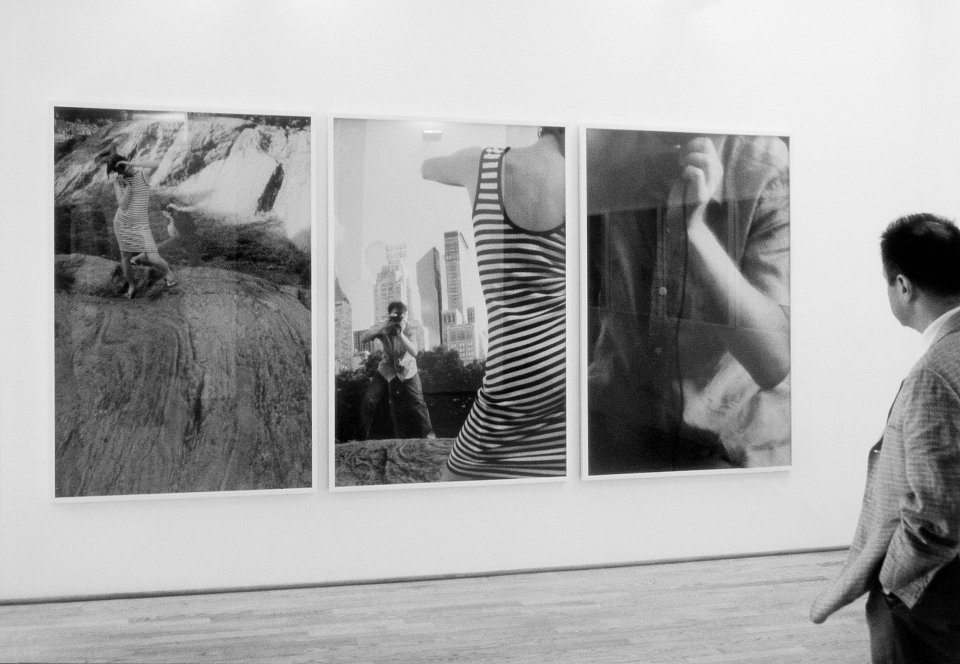
Exposures, installation view, Kuckei + Kuckei, 2005
-
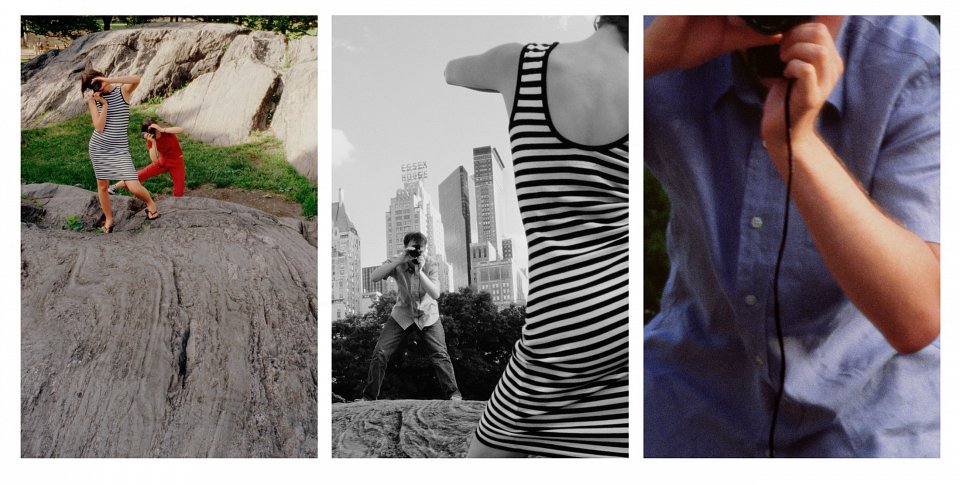
Exposures, installation view, Kuckei + Kuckei, 2005
-

Exposures, installation view, Kuckei + Kuckei, 2005
-
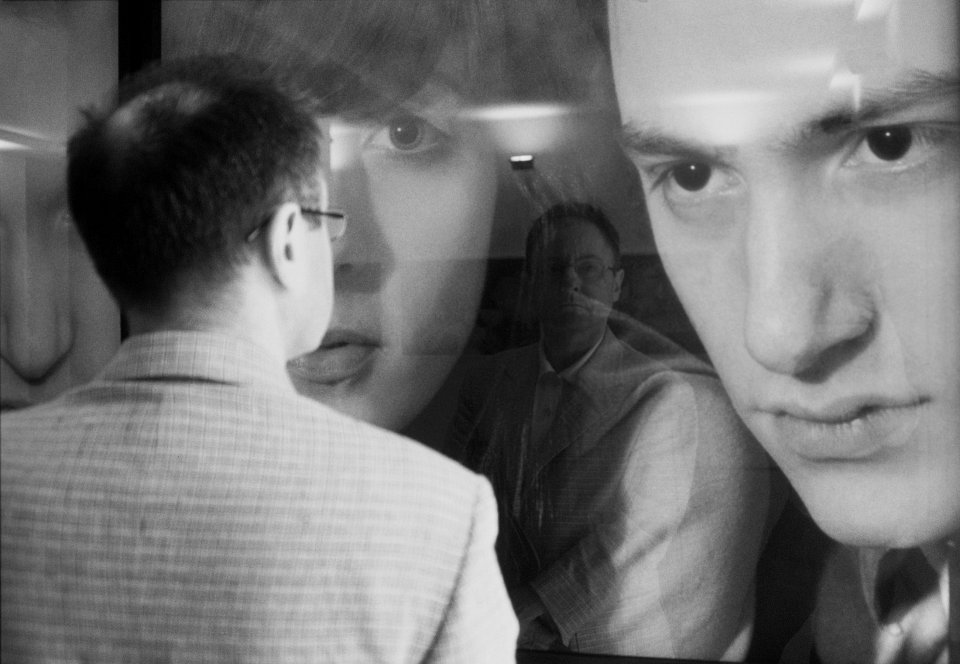
Exposures, installation view, Kuckei + Kuckei, 2005
-

Exposures, installation view, Kuckei + Kuckei, 2005
-

Exposures, installation view, Kuckei + Kuckei, 2005
-

Exposures, installation view, Kuckei + Kuckei, 2005
-

Exposures, installation view, Kuckei + Kuckei, 2005
-
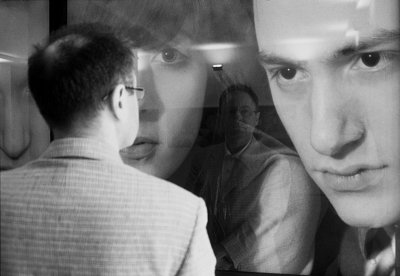
Exposures, installation view, Kuckei + Kuckei, 2005
-
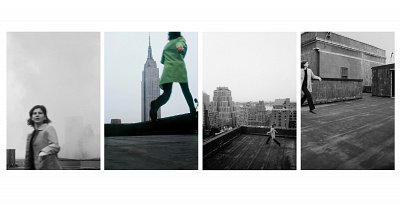
Exposures, installation view, Kuckei + Kuckei, 2005
Barbara Probst investigates the many ambiguities inherent to the photographic image. In her work the relationship of the photographic instant to reality is intensified in two distinct ways whereby the captured moment acquires an almost unsettling quality: on the one hand, Barbara Probst abandons the single-eye gaze of the camera and divides it into various points of view. On the other, she multiplies and diversifies the short moment of the shot. Thanks to a radio-controlled release system she can simultaneously trigger the shutters of several cameras pointed at the same event or subject from different angles and various distances. The depictions of each specific instant generated by this method constitute a series. The relationship of single shots to one another within a series is not determined by a common unifying principle or any stylistic markers. There is no formal proximity and no overall theme to tie the works together. Yet the photographs are bound by a tighter but still elusive link, namely the one and only moment of an exposure which is their very subject.
In our everyday life each instant is tied to a single experience no matter how complex this experience may be. We depend on a notion of time experienced as a sequence of events which seems to be indispensable to our sense of being. Different occurrences can only be experienced at different moments and the same occurrence can only be seen from one place. Every view depends on the position of one observer and a single point in time. It is only when we talk about God or the gods that we say they can see everything from any point and one thing from everywhere. The very object we behold can obstruct our sight and this can render everything else invisible. Photography operates within the field of viewpoints. The sense of loss that speaks out of every photograph has to do with the exceptional character of any singled out time fragment and the impossibility of superseding the single gaze. And every photograph is an attempt to elude this sense of loss.
(…) The belief in an absolute truth of the photographic image has been thrown into doubt for a long time. There is no going back. Barbara Probst’s endeavor to cast new light on the entire field of photographic activity offers an opportunity to break down or at least challenge the defining power of images. She has managed to cut an analytical path around the problem. But when all candidness is gone what is left of the world? A purely cynical destruction of the illusion would ultimately leave us disappointed. Yet as we view this series of images we feel a sense of relief. Since we cannot trust the pictures, we do not have to trust them. We are given permission to enjoy our experience because nothing compels us to believe. I escape the insistent claim of truth and the trap of taste. I do not have to judge each single photograph because this is not what is expected of me. Disappointment unexpectedly gives way to a suspended sense of freedom. We are called to find our way through the world as we pass by the pictures or skip over them. This moment of enlightenment questions our world of images precisely because it strives for reality.